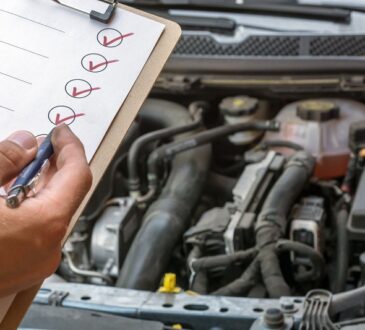
For many cars, especially those with drum brakes, brake drums are an essential element of the braking system. When the brake pedal is depressed, these parts are intended to slow down or stop the car. By knowing how brake drums work, car owners may better grasp their significance, which can improve maintenance procedures and make driving safer.
The Brake Drum Anatomy
Usually constructed of aluminum or cast iron, a brake drum is installed on the wheel hub. The brake shoes are forced outward against the inside of the drum when the driver applies pressure to the brake pedal, which sends hydraulic fluid to the brake cylinder. The vehicle slows down because of the friction created between the drum surfaces and the shoes. High surface area is made possible by brake drum design, which improves stopping power and facilitates effective heat dissipation. Throughout the braking action, its rounded form offers a dependable and constant way to provide friction.
Function in the Management of Heat
The capacity of a brake drum to control heat is a crucial component of its performance. Excessive heat may be produced during braking, especially when quick deceleration is needed. Brake fade, in which the brakes lose some of their effectiveness because they overheat, may result from improper management of this heat. Brake drums’ greater surface area makes them efficient heat dissipators. Compared to many other braking systems, they are superior in absorbing and dispersing heat, so even with prolonged usage, the brakes will stay sensitive. By preventing heat-related problems, routine brake drum checks may prolong their lifetime and preserve efficient braking. Choosing Auto Repair in Omaha, NE based service is essential here.
Benefits Compared to Disc Brakes
Even though disc brakes are quite common, especially on newer vehicles, brake drums may still be useful in certain situations. They are appropriate for heavy-duty vehicles like trucks and buses because, for example, they often provide more powerful braking force. Because of their design, they can withstand higher braking fluid pressures, which gives them more stopping power. braking drums are also often less costly to produce and repair than disc braking systems, which makes them an affordable choice for a range of applications.
Conclusion:
Brake drums must have regular maintenance in order to function at their best. The surface texture may be impacted by wear and tear over time, leading to less friction and longer stopping distances. Regular vehicle checks allow drivers to identify any problems before they become serious ones by checking the brake drums. In addition to ensuring a smooth stop, proper maintenance also increases overall vehicle safety. Knowing how brake drums function in the braking system highlights their significance and motivates drivers to give maintenance first priority.




